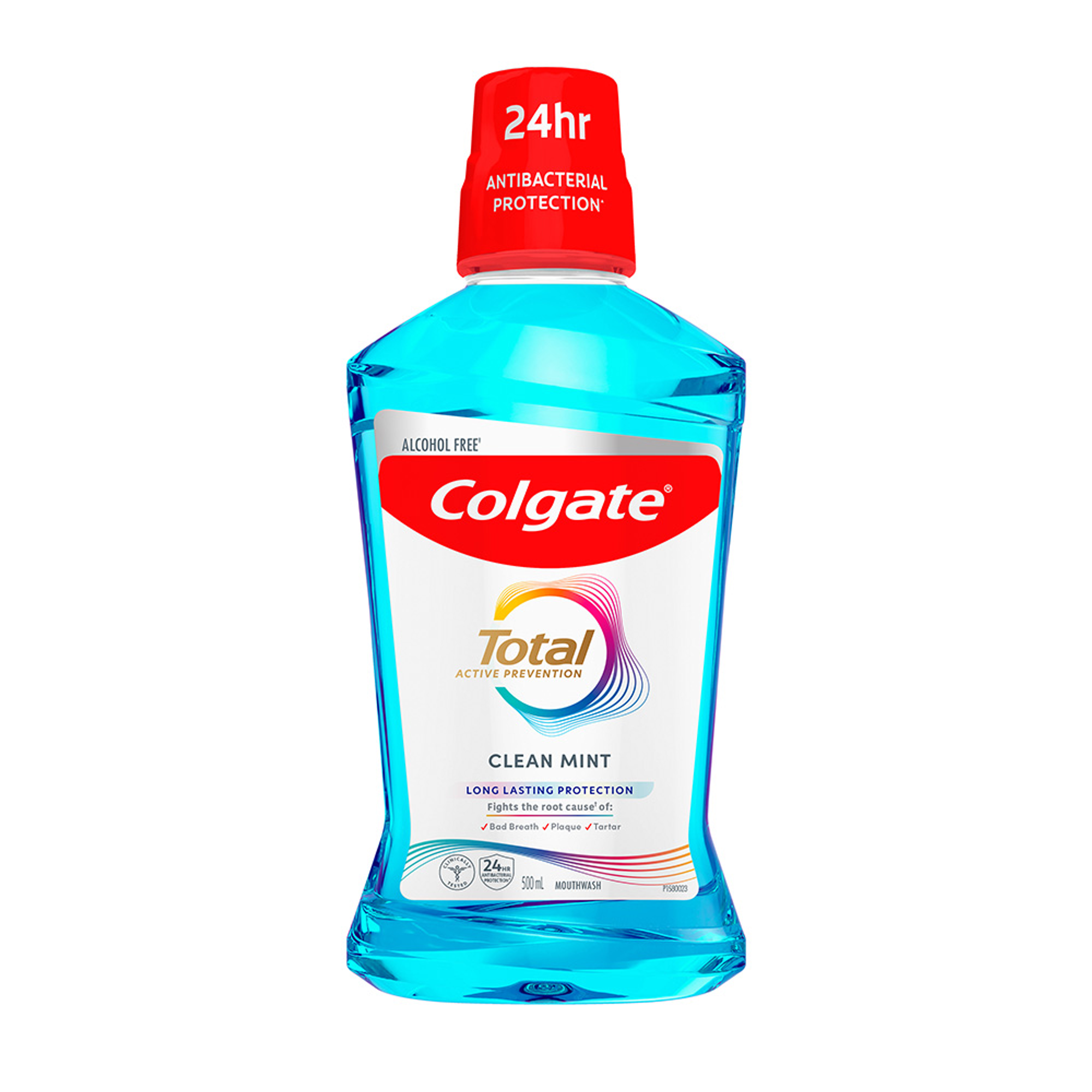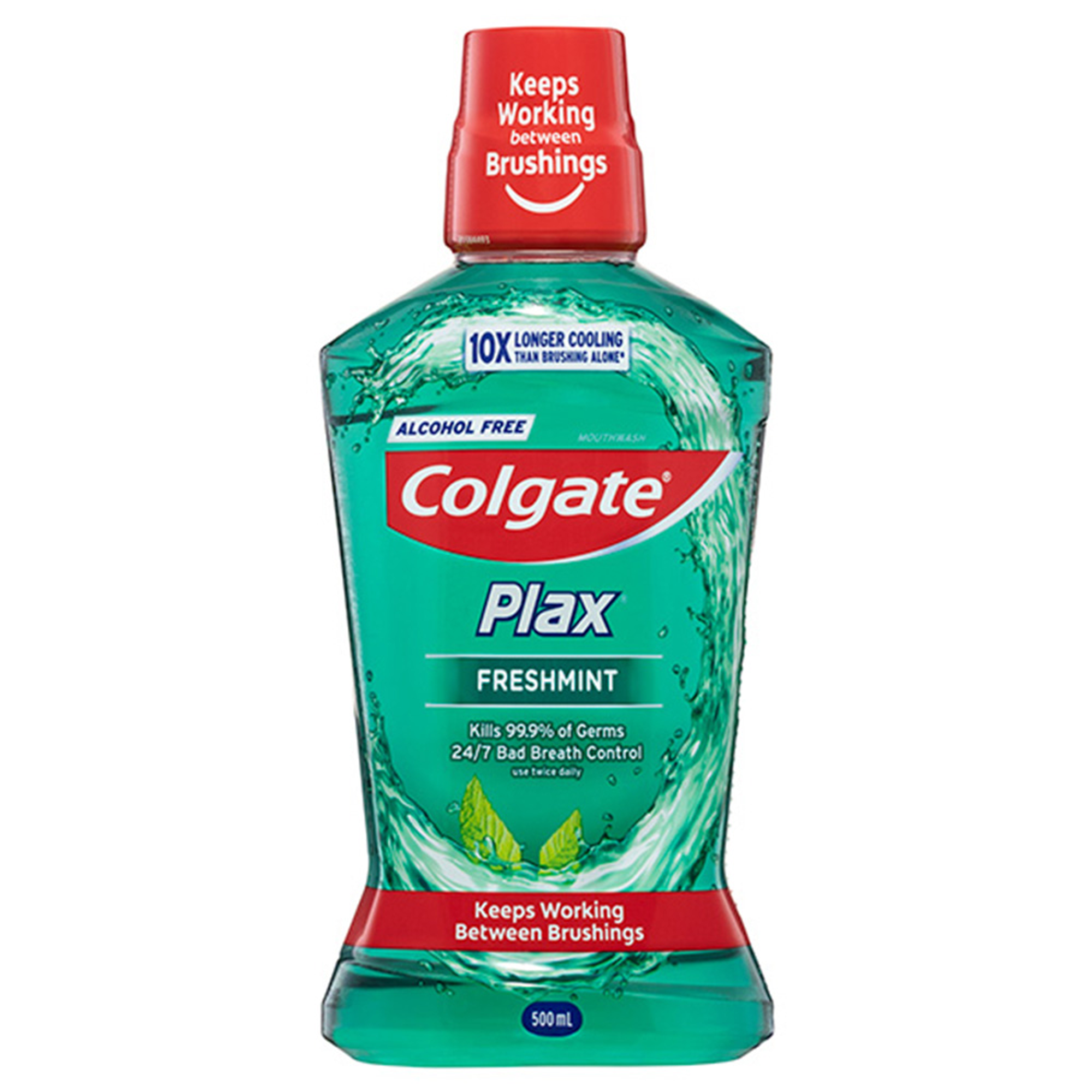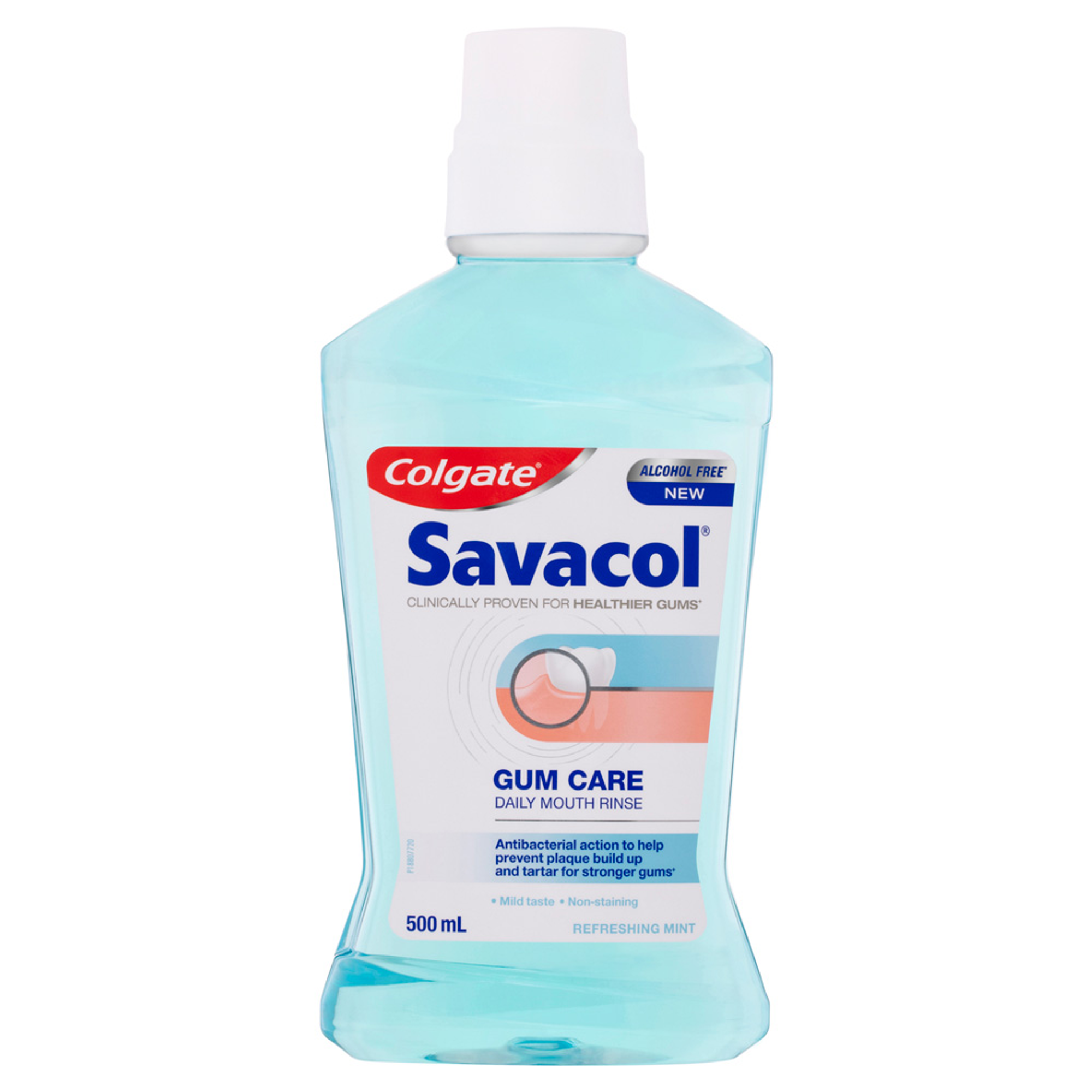
What Is It?
Dental caries is the medical term for tooth decay. It is caused by bacterial acids dissolving the tooth enamel and dentine.They accumulate (along with saliva, food particles and other natural substances) on the surface of the teeth in a sticky film called plaque. Plaque forms especially easily in cracks, pits or fissures in the back teeth; between teeth; around dental fillings or bridgework; and near the gum line. Some of the plaque bacteria convert sugar and carbohydrates (starches) in the foods we eat into acids. These acids dissolve minerals in the surface of the tooth, forming microscopic channels that get larger over time.
The damage can occur anywhere the tooth is exposed to plaque and acid, including the hard outer enamel on the tooth crown or the unprotected root of the tooth that has been exposed by gum recession. Caries can penetrate the protective enamel down to the softer, more vulnerable dentine (main body of the tooth) and continue through to the soft tooth pulp and the sensitive nerve fibres within it. The pain associated with cavities may be caused by inflammation initiated by bacteria and an imbalance of fluid levels in the tubules inside the dentine.
Symptoms
Early caries may not have any symptoms. Later, when the decay has eaten through the enamel, the teeth may be sensitive to sweet foods or to hot and cold temperatures.
Diagnosis
A dental professional will look for caries at each visit, regardless of whether it is a routine visit or an appointment made by the patient because of pain. The dental professional will examine the teeth visually to determine if there are areas of damage. Periodically, or if the dental professional suspects hidden caries, X-rays will be taken.
Disease progression
White spots, indicating early caries that has not yet caused cavitation, may be reversed if acid damage is stopped and the tooth is given a chance to repair the damage naturally or with the help of remineralising agents like fluoride. Caries that has progressed significantly into dentine cannot be reversed and will require a filling. Most untreated caries will continue to worsen and deepen and with time, the tooth may decay down to the root. The amount of time the breakdown takes will vary from person to person. Caries can progress to a painful level within months or it can take years to reach that stage.
Prevention
Caries can be prevented by reducing the amount of plaque and bacteria in the mouth, with careful attention to diet and the use of a fluoride toothpaste. The best way to do this is by daily brushing and flossing and professional dental cleanings twice a year. You also can reduce the amount of acid in your mouth by eating sugary or starchy foods less frequently during the day. Your mouth will remain acidic for about 20 minutes after eating, so snacking throughout the day is more likely to lead to caries than avoiding between-meal snacks. Chewing gum that contains xylitol helps to counteract the acidity that occurs after eating.
Teeth can be strengthened by fluoride. A dental professional can evaluate your risk of caries and then suggest appropriate fluoride treatments. In children, new molars can be protected by having the dental professional apply a sealant and/or fluoride varnish as soon as the teeth come fully into the mouth.
Treatment
The standard treatment for caries that has progressed beyond the enamel is to fill the tooth. After the dental professional removes the decayed material in the cavity (usually following the use of anaesthesia to block the pain), the cavity is filled.
If a cavity is large with extensive breakdown, the remaining tooth may not be able to support the amount of filling material that would be needed to repair it. In this case, the dentist will remove the decay, fill the cavity, and cover the tooth with an artificial crown.
Sometimes the crown of the tooth may be able to be restored but there is damage to the pulp of the tooth. In these cases, the dentist may refer you to a dental specialist called an endodontist for root canal treatment. In this procedure, the endodontist removes the tooth's pulp and replaces it with an inert material. In most cases, the tooth's natural crown will need to be protected by an artificial crown.
When To Call A Professional
The early stages of decay are painless. Only regular professional examinations and X-rays can detect early caries. If you develop sensitivity to chewing or to hot, cold or sweet foods or beverages, contact your dental professional.
Prognosis
If a cavity goes undiagnosed, it likely will cause the tooth to decay significantly. Eventually, the tooth may be destroyed by uncontrolled decay.
Having caries increases your risk of more caries for several reasons:
The same oral care and dietary habits that contributed to the plaque and acids that caused the initial cavity may cause more decay
Bacteria tend to adhere to fillings and other restorations more than to smooth teeth, so those areas will be more susceptible to new caries
Cracks or gaps in the fillings may allow bacteria and food to enter the tooth, leading to decay from beneath the filling
Therefore, it is important to visit your dental professional regularly and to follow their recommendations to minimise your risk of dental caries.
©2001-2007 Aetna All rights reserved.
Join us
Get resources, products and helpful information to give your patients a healthier future.
Join us
Get resources, products and helpful information to give your patients a healthier future.











